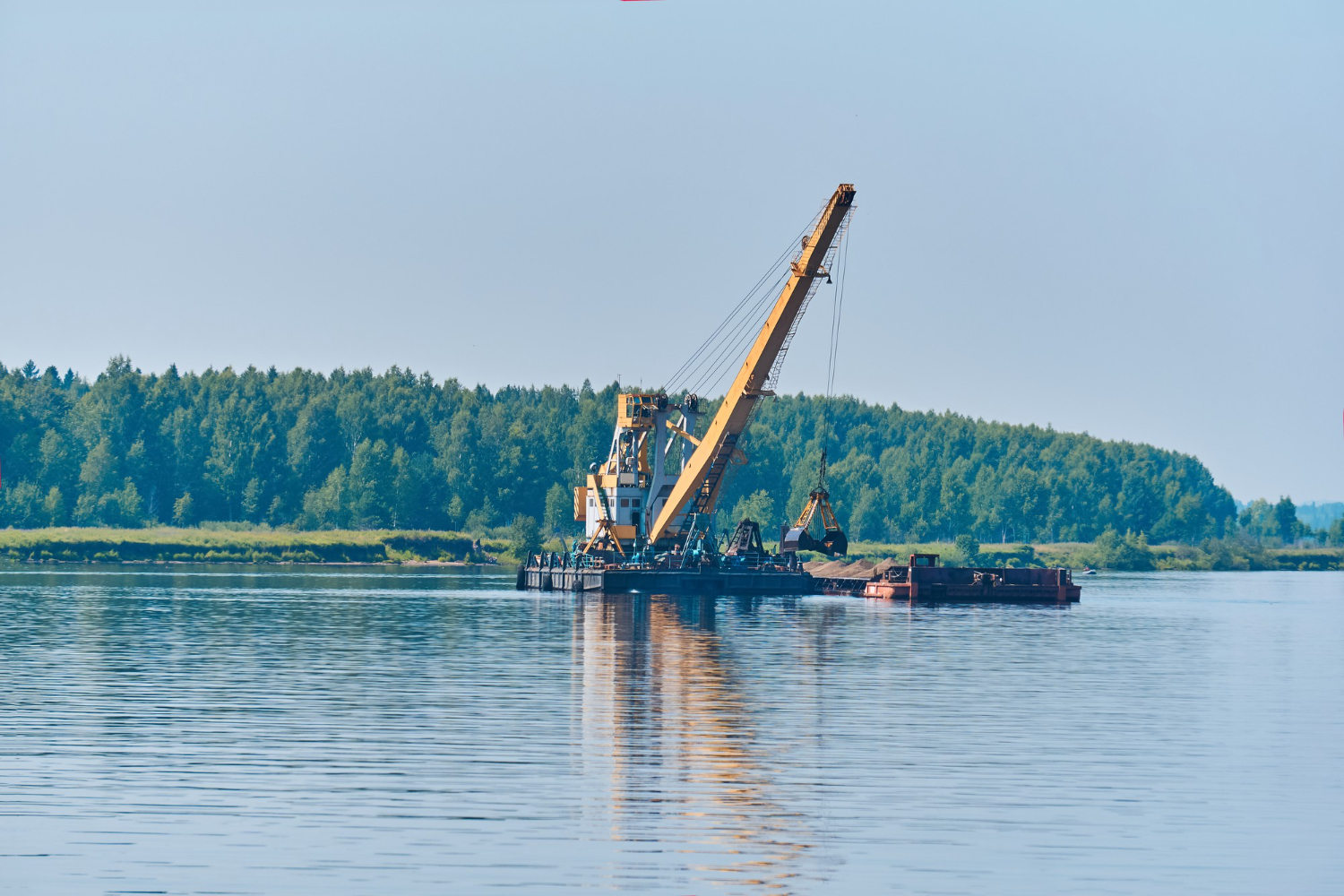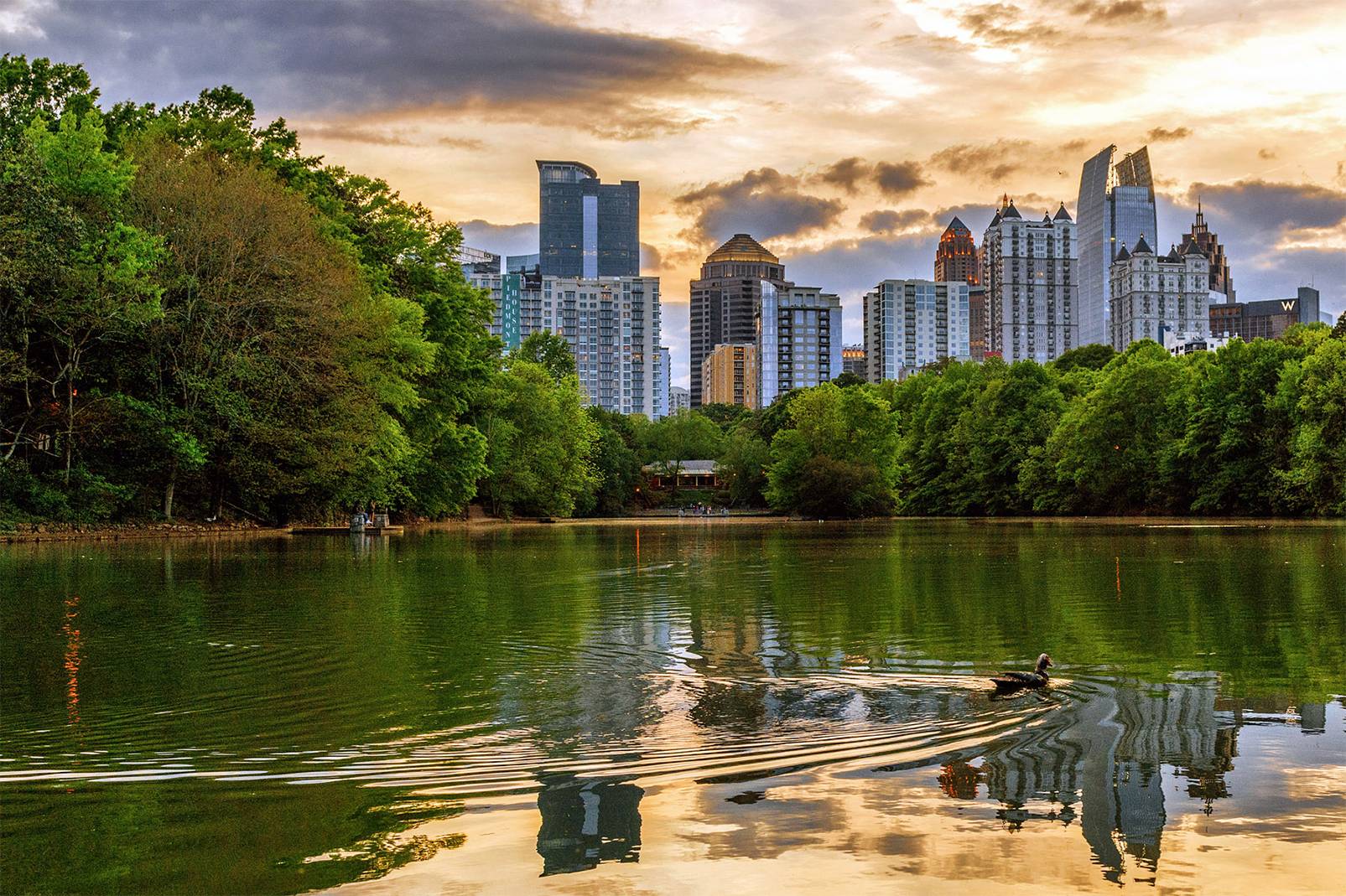
Dredging is often an overlooked component of lake maintenance, but it plays an indispensable role. It involves removing accumulated sediment, muck, and debris from the bottom of a lake or pond to restore its original volume and depth. Without it, excess organic matter builds up over time, creating nutrient-rich environments where algae and invasive aquatic weeds thrive. These conditions can throw off the ecological balance, reduce oxygen levels, and harm fish and other aquatic life.
In today’s blog post, we look into the role of lake dredging in controlling algae and aquatic weeds. If you own a pond or you’re in charge of maintaining a public lake, this article will help you understand the critical role of dredging. The specialists at Aquatic Restoration take great pride in offering a comprehensive range of lake management services, including spillway renovation, siphon installation, retention pond maintenance, and many more.
Sediment accumulation is a natural process, but when left unmanaged, it can affect the health of a lake. As leaves, branches, soil, and organic material settle at the bottom, they break down and release nutrients like nitrogen and phosphorus into the water. These nutrients act as fuel for algae blooms and fast-spreading aquatic weeds, which can choke the water, block sunlight, and deplete oxygen levels.
As oxygen levels drop, fish and other aquatic species struggle to survive, and the overall ecosystem becomes unbalanced. Beyond harming wildlife, excessive algae and weeds also reduce the lake’s aesthetic appeal, making it less enjoyable for swimming, boating, and fishing.
Dredging works by removing the layers of sediment and organic matter where excess nutrients are stored. By physically taking away this buildup, the process tackles the root cause of algae blooms and weed overgrowth rather than just treating the symptoms. Unlike chemical treatments, which provide only temporary relief, dredging offers a long-lasting solution by restoring the natural balance of the ecosystem.

Deeper water levels achieved through dredging also make it more difficult for sunlight to reach the bottom, which naturally limits aquatic weed growth. Also, improving water depth increases oxygen circulation, helping maintain a healthy environment for fish and other aquatic life. Therefore, it is a good idea to call a local lake restoration company to evaluate your lake’s condition and determine whether dredging is necessary. Professional lake restoration specialists have the equipment and expertise to safely remove accumulated sediment.
While algae and weed control are major advantages, dredging provides several other benefits that enhance the overall health and usability of a lake:
Looking for a trusted company offering top-notch lake dredging services? Look no further than Aquatic Restoration. We are a locally owned and operated lake management company in Georgia that has been in the industry for over 35 years. Our experienced technicians are equipped with state-of-the-art equipment and have professional expertise to get the job done right. We’ve successfully completed more than 1300 projects in the areas we serve, so you can rest assured that the work is in capable hands. Contact us today to book a consultation and learn more.
Lakes are vital ecosystems that support wildlife, protect water quality, and enhance the quality of life for surrounding communities. Whether…
If you’re reading this, there’s a good chance you’re sick and tired of dealing with aquatic weeds that never…
Lake management is an integral part of keeping lakes healthy, functional, and beautiful for generations to come. Not only…
When people think of lake management, they often picture large-scale restoration projects involving acres of water and heavy…
Is your once beautiful and sparkling lake looking murky? Does excessive algae or scum on the surface turn it into…